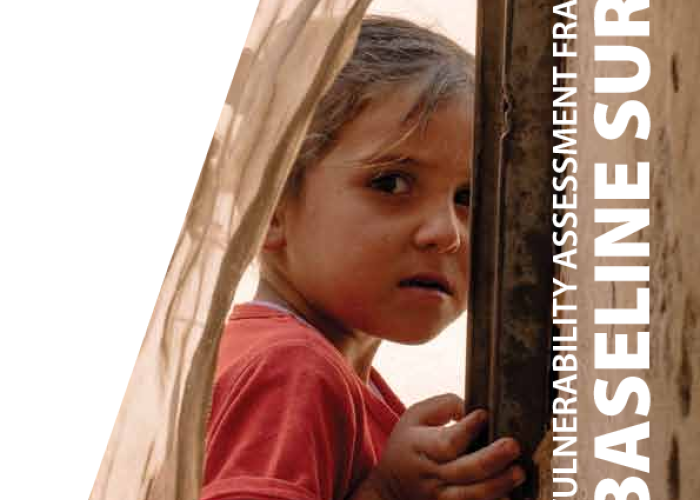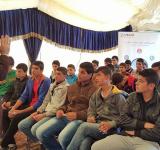Vulnerability Assessment Framework Baseline Survey May 2015

With the Syria crisis in its fourth year,humanitarian aid and the absorption capacity of Jordanian communities have become stretched. Reflecting the difference between their income and expenditure,and with limited access to sustainable livelihood options,many refugees have now entered a cycle of asset depletion,with savings gradually exhausted and levels of debt increasing. The most vulnerable refugees are particularly affected. Many are increasingly adopting negative coping strategies,including a reduction in food consumption,withdrawing children from school and taking on informal,exploitative or dangerous employment. This report,through the use of randomized questionnaires and extensive data collection,analyzes the extent of vulnerability of Syrian refugees in Jordan. The results of this VAF Welfare Model show that 86% of Syrian refugee individuals are living below the Jordanian poverty line of 68 JOD per capita per month,and are therefore rated as being highly or severely vulnerable. This corresponds with 68% of family units or ‘cases’. Further 1% of Syrian refugee individuals,or 6% of cases,are living below the abject poverty line of less than 28 JOD. This demonstrates that in general highly and severely vulnerable families have larger family sizes. The report further analyzes vulnerabilities in following sectors: Health,Education,Documentation Status,Dependency Ratio,Coping Strategies,Basic Needs,Food Security,Shelter,WASH.
